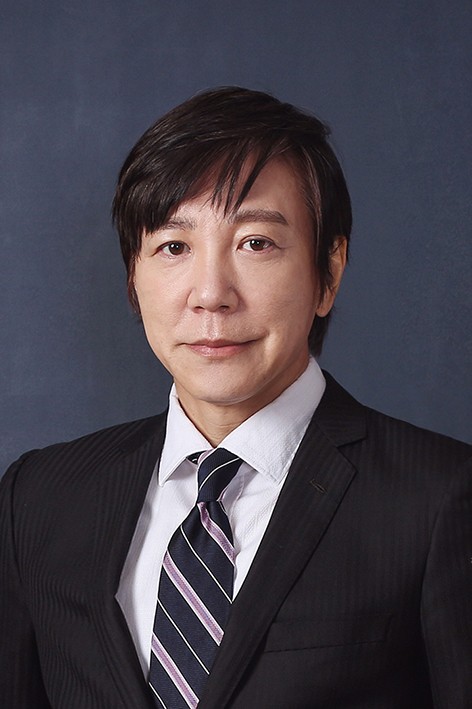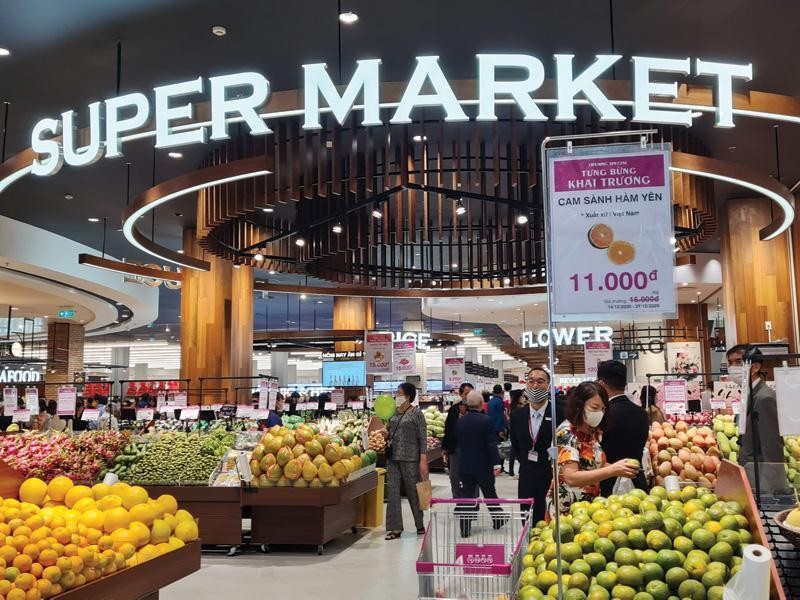
JETRO: Vietnam has become a must-have investment destination for Japanese companies
Latest
 |
| Chief Representative JETRO Hanoi Takeo Nakajima. |
JETRO Vietnam's survey on the current business activities of Japanese enterprises in 2022 indicated that 60% want to expand their business. How do you assess this result?
In the JETRO survey, 60% of Japanese companies in Vietnam said they would "expand" their business in the next one to two years, up five points from 55% in the previous survey in 2021. It was the highest among ASEAN countries.
This result shows Japanese companies' attitude toward the future. However, it has yet to recover to 64% in the 2019 survey before the pandemic.
On the positive side, the "new normal" has continued. (In 2021, measures against COVID-19 were stringent, and business activities were severely limited.) Compared to 2021, factory operations have returned to normal, imports and exports have become more active, and the consumer market has recovered.
On the downside, the economy has yet to reach pre-pandemic levels. Labor shortages, the war in Ukraine, higher energy prices, inflation, currency fluctuations, supply chain disruptions, and Chinese lockdowns limited the growth.
In addition, this survey did not significantly reflect interest rate increases, inflation, and a slowdown in US markets in the second half of 2022. These issues should remain a cause for concern in 2023.
The fact shows that, despite the difficulties and the Covid-19 pandemic, Japanese businesses and investors still chose Vietnam to expand production and business activities. Vietnam is one of the best investment destinations for Japanese investors. What is your opinion on this matter? Will the capital flows of Japanese enterprises continue to "pour" into Vietnam in the future?
Companies make investment decisions based on a long-term outlook of five to ten years rather than a short-term one. With a population of 99 million, a growing middle class, and many invested foreign companies, Viet Nam is promising as a B2C and B2B market.
It is also attractive as a production and export base. Viet Nam has signed more than 15 FTAs. Wages are still low among ASEAN, labor is relatively abundant, and local cities construct industrial parks to meet demands.
In 2022, Japanese investment in Vietnam (new and expansion investment) reached $4.56 billion (second place), after Singapore's $4.62 billion. Firms invested in various energy, retail, electricity, and electronics sectors.
Vietnam has become a must-have investment destination for Japanese companies. According to a survey conducted by JETRO last year, Vietnam was the second most popular investing country, next to the United States. Unpredicted incidents and economic turmoils will affect Vietnam in the short term. Still, it is valuable in the medium and long time.
However, the attractiveness of Vietnam applies to other countries. Investment in Vietnam from South Korea, Singapore, Taiwan and China continues to rise, leading to a shortage of human resources and increasing costs.
How do you evaluate the business environment of Vietnam? What can Japanese enterprises take advantage of when doing business in the Vietnamese market?
According to JETRO's survey, the strengths of the Vietnamese economy include the following:
Market growth and size.
Political and social stability.
Low labor costs.
Excellent living conditions.
Many also said that the quality of workers and employees is better than in neighboring countries.
About half of Japanese companies in Vietnam are export-oriented, and the other half are domestic market-oriented. Viet Nam's strength is that it is a country suitable for both purposes.
Weaknesses include increasing labor costs and high turnover, opaque administrative procedures, underdeveloped legal systems, complex and confusing tax systems, and weak supporting industries (low domestic procurement rates).
Rising labor costs and high turnover are two sides of the same coin as the popularity of Viet Nam. Still, they are vital issues, especially for SMEs. Some companies reduced their investment plans significantly after finding that they could not hire as many people as they wanted.
In particular, administrative procedures and legal system issues have come under increasing scrutiny recently. Transparent administration is a critical factor for foreign companies. The recent spate of corruption probes has added to uncertainty about the investment environment in Viet Nam.
We look forward to improvements as soon as possible.
 |
| AEON MALL Hai Phong. (Source: Baodautu) |
Vietnam is aiming to attract high-quality FDI. In your opinion, what should Vietnam do to continue to attract investment flows from Japan?
Vietnam needs to improve its productivity and move to a more value-added economy. According to JETRO, Vietnam's labor costs are slightly lower than Asia's, but they significantly increase yearly. Companies pursuing low-cost production may eventually move from Vietnam to countries with lower prices. Here are some observations.
Apparel and shoe manufacturing, generally associated with low-cost mass production, can add value and acquire new industrial "functions." Upstream fabrics and yarn development, the manufacture of small quantities of high-quality, and the use of recycled goods are just a few examples.
Vietnam is relatively rich in IT and digital talents and has high technological capabilities. Digital transformation (DX) will be a mighty pillar that may upgrade the Vietnamese economy. Vietnamese IT companies open offices in Japan almost yearly to receive orders from Japanese companies.
Fujikin, a maker of special valves, has established an extensive R&D center in a high-tech park in Danang. The Fujikin facility will develop artificial intelligence (AI), robots, innovative medical equipment, and hydrogen energy technology. Fujikin will invest $ 35 million in this project.
Based on the experience of developed countries, industry-academia collaboration that links basic research in universities with industry is creating innovation.
Excellent Vietnamese human resources will be nurtured in colleges, play an active role in the Vietnamese industry, and contribute to research at universities. However, according to university officials, this function still needs to be improved in the country. We hope this will create a "human cycle."
What recommendations do you have for Vietnam to increase its competitiveness and become more attractive to Japanese businesses?
Vietnam has demonstrated its strength in the processing and assembly of light industries. It needs to attract diversified and quality investments for further development.
Looking at the trade structure of Viet Nam, imports from China and South Korea account for 50%. Exports from the US and China account for nearly 50%. Tablet PCs, smartphones, computers, headphones, apparel, shoes, and fishery products are the leading exporting items. The data shows Vietnam needs more diversification in trading countries and goods.
For example, the goods Vietnam possibly pursues to export are semiconductors, automobiles and parts, industrial machinery, pharmaceuticals, various materials, and raw materials. These will have a wide range of industrial applications, thus expanding trade with different countries and making them less susceptible to short-term economic waves.
We also expect high-tech agriculture and high-value-added foods. Some examples are that Sojitz works with a Vietnamese company to produce high-value-added pigs and cows. Morinaga Milk has acquired Vietnamese dairy firm Elovi.
Vietnamese IT human resources can utilize their strengths in the digital sector. Despite having a population of nearly 100 million, traditional distribution and market structures remain.
In the case of JETRO's recent support, Japan's Medring, Gakken, DENSO, and Nagase Sangyo have joined forces with Vietnamese digital companies to launch new businesses.
The transition to a digital economy requires a policy push. There are many areas where laws and regulations still need to be implemented. Whether these areas are restricted or banned, or whether the governments support them, will make a big difference in the country's innovation. Policy plays a significant role.
Thank you so much!

























